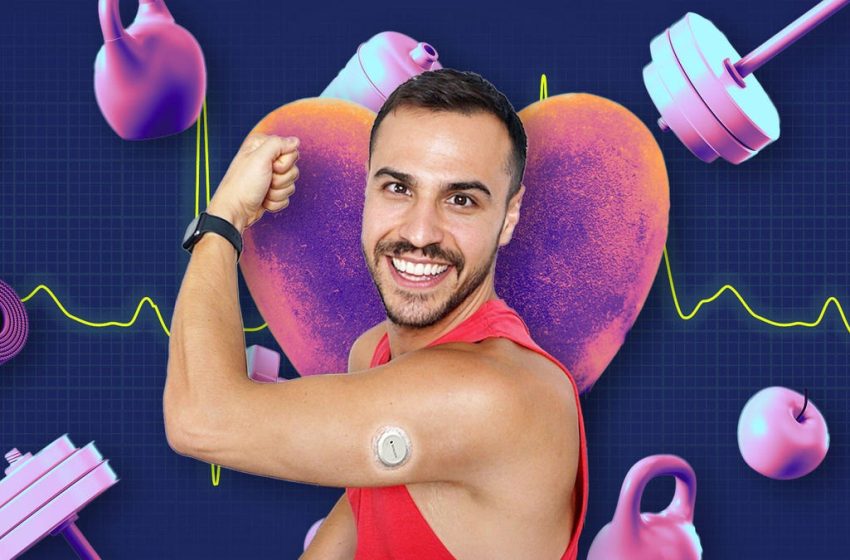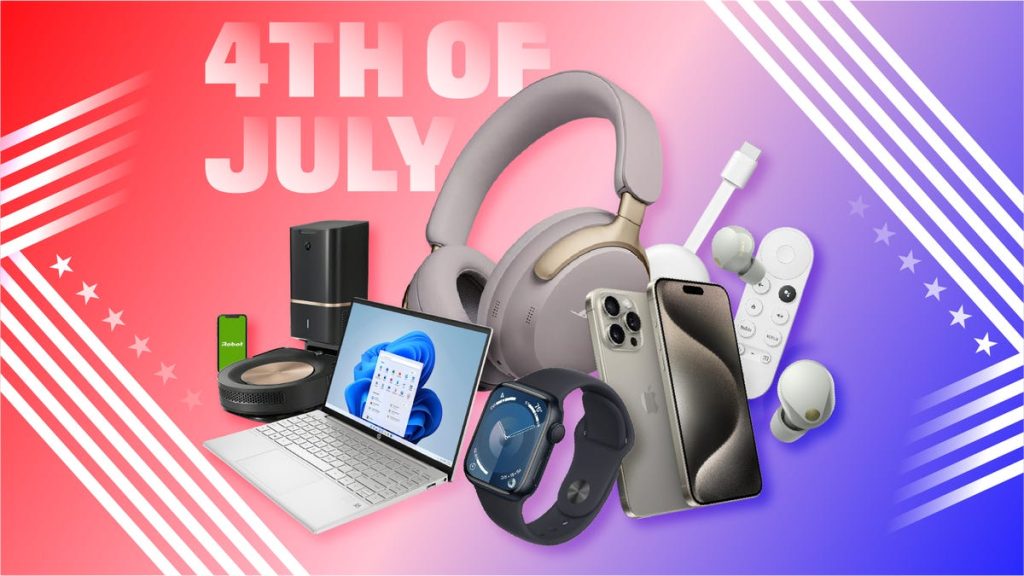My Doctor Misdiagnosed My Diabetes — and I’m Not Alone. What You Need to Know

For the longest time, type 1 diabetes was known as a childhood disease. Even until recently, it was still called “juvenile diabetes.” I’m here to tell you that just because you’re an adult doesn’t mean you’ve escaped the wrath of this illness.
Voices
Meet industry creators, contributors and emerging thought leaders that have paired with CNET’s award-winning editorial team to provide you with unique content from different perspectives.
I know this because it happened to me. At the age of 30, I was misdiagnosed with type 2 diabetes for over six months. It wasn’t until I started sharing my diagnosis on TikTok that I discovered the truth and that this could happen to someone my age.
Roughly 60% of diagnoses today occur in adults who are 20 years of age or older. This form of type 1 diabetes is called Latent Autoimmune Diabetes of Adults. On top of that, 90% of those diagnosed with type 1 have no family history.
Rates for people living with diabetes are expected to more than double to 1.3 billion by 2050. This will impact both people with type 1 and type 2 diabetes. Spreading awareness about symptoms and early screening for type 1 diabetes will help people get the correct diagnosis and treatment they need sooner.

Research published in The Lancet projects a steady increase in the prevalence of type 2 diabetes in coming years.
There is a lack of awareness about diabetes, even within the medical community. Because of this, many people go undiagnosed or misdiagnosed with type 2 diabetes for months or even years. Here’s what you need to know.
The difference between type 1 and type 2 diabetes
Type 1 diabetes occurs when the pancreas no longer produces insulin, the hormone that regulates blood glucose, because the immune system attacks itself. Meanwhile, type 2 diabetes occurs due to insulin resistance, often due to lifestyle factors, and tends to be hereditary. As many as 11% of patients diagnosed with type 2 diabetes might actually have LADA. There are a couple things we can all do to prevent others from going undiagnosed and feeling ill for as long as I did.
The first is to know the signs of type 1 diabetes. The tell-tale symptoms are excessive thirst and urination, extreme feeling of fatigue, blurred vision and weight loss. When I was diagnosed, I was experiencing all of these symptoms and had lost over 20 pounds. After months of misdiagnosis, I saw an endocrinologist who ordered blood tests, and within weeks, I had the correct type 1 diagnosis.
Had my glucose levels gone unchecked for longer, I could have gone into diabetic ketoacidosis or DKA, which can be deadly. Up to 30% of those diagnosed in the US are discovered at this stage.
Another way we can prevent loss of life or sickness is with early screening for indicators of type 1 diabetes. Two blood tests are used to aid in diagnosis: A c-peptide test, which measures how much insulin a person is making themselves, and an islet autoantibody test, which screens for markers of the autoimmune process associated with type 1 diabetes. With these results, people can prepare and seek out treatment to offset the disease and/or treat it.
New legislation could help
Recent legislation aims to bring early screening for type 1 diabetes to the forefront of preventative care.
Last month, a bipartisan bill called the Strengthening Collective Resources for Encouraging Education Needed for Type 1 Diabetes Act was introduced in the House of Representatives. The bill directs the Centers for Disease Control and Prevention to conduct a national campaign to increase awareness and knowledge of type 1 detection, screening and management, and will allocate $5 million to the CDC to carry it out.
On my end, I will continue to share my story through articles like this one, videos on social media and interviews on my podcast, Diabetech. My hope is that no one will experience the long stretch of illness I experienced before getting the correct diagnosis and treatment needed.
Diabetes is a complex and complicated disease to manage. Devices like insulin pumps, smart insulin pens and continuous glucose monitors make living with the disease easier to manage, but they come with a steep learning curve.
I’m fortunate to be able to interview experts in the field on my podcast who help me and my audience stay informed on the latest tools and technology. I encourage anyone living with this disease to connect with me on YouTube, Instagram or TikTok to feel less alone and more in charge of your personal health.





